
Risky Business
Piloting cited in fatal crash of World War II Ju 52 on Swiss Alps sightseeing flight.
Viewing 1 - 10 of 44 results

Piloting cited in fatal crash of World War II Ju 52 on Swiss Alps sightseeing flight.
by Linda Werfelman
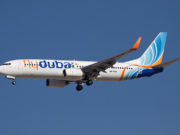
A 737 captain may have been overwhelmed by stress and anxiety when he lost control of the aircraft while initiating a go-around.
by Mark Lacagnina
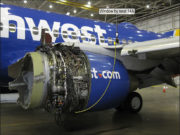
A passenger was partially ejected when debris from an uncontained engine failure blew out a cabin window.
by Mark Lacagnina

When the airplane would not rotate, rejecting the takeoff several seconds after reaching V1 was the right thing to do.
by Mark Lacagnina
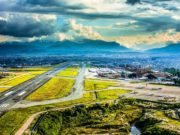
The captain was agitated and disoriented before his Q400 crashed on approach to Kathmandu, accident investigators say.
by Linda Werfelman
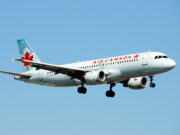
Runway Safety (approach and landing), Causal Factors
After near-disaster at SFO, the NTSB recommends action to aid in correctly identifying intended landing runways.
by Linda Werfelman
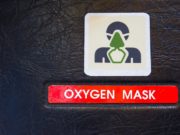
The pilot was not using supplemental oxygen when the Citation’s cabin pressurization system failed at 43,000 ft.
by Mark Lacagnina

Distracted and task-saturated, a pilot continued an increasing unstabilized approach until he lost control of his MU-2.
by Mark Lacagnina
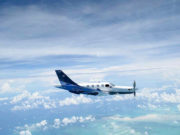
Accident/Incident Investigation, Causal Factors
When the TBM 900 depressurized, the pilot had four minutes to save himself and his passenger. He did not use the time well.
by Mark Lacagnina
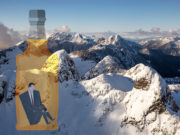
The captain had been drinking heavily and may have intentionally placed his aircraft into a fatal descent, mimicking the Germanwings crash, TSB says.
by Mark Lacagnina
